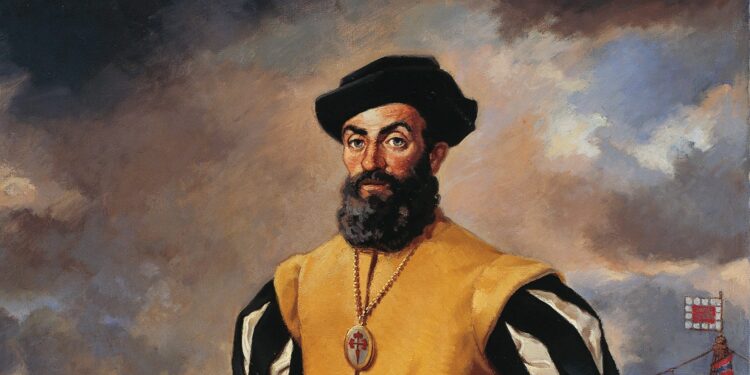In October 1520, Ferdinand Magellan and his crew achieved a milestone that changed the course of world history — the discovery of a navigable passage connecting the Atlantic and Pacific oceans. Known today as the Strait of Magellan, this discovery opened the path for the first circumnavigation of the Earth and redefined global exploration.
A perilous search for a western route
By the early 16th century, European powers were locked in fierce competition for control over the spice trade. Portugal dominated the eastern routes around Africa, prompting Spain to seek an alternative path westward toward Asia. Magellan, a Portuguese navigator in Spanish service, set sail in 1519 with five ships and around 270 men, determined to find a western sea passage through South America.
For more than a year, his fleet battled storms, hunger, and rebellion along the South American coast. Many believed the journey would end in disaster — until October 21, 1520, when Magellan’s expedition discovered a narrow, treacherous channel at the continent’s southern tip. This strait, stretching roughly 600 kilometres, would become the long-sought gateway between the Atlantic and the newly named Pacific Ocean.
Crossing into the unknown
Navigating the strait took over a month. The passage was filled with dangerous currents, unpredictable winds, and icy conditions. One of Magellan’s ships deserted and returned to Spain; another was wrecked. Yet, in late November 1520, the remaining vessels emerged into calm waters — the vast ocean Magellan called “Mar Pacífico,” meaning “peaceful sea.”
It was the first time Europeans had reached the Pacific from the Atlantic, confirming that the Americas were separate continents and that a maritime path to Asia truly existed. This moment marked the beginning of the final phase of Magellan’s quest — and humanity’s first circumnavigation of the globe.
A legacy beyond Magellan’s lifetime
Magellan himself never completed the journey. He was killed in the Philippines in 1521, but his expedition continued under Juan Sebastián Elcano. When the last surviving ship, the Victoria, returned to Spain in 1522 with only 18 men, it had completed the first voyage around the world.
The expedition’s achievements reshaped global geography, trade, and the understanding of the Earth itself. It proved that the planet could be circumnavigated by sea and laid the foundation for centuries of maritime exploration that followed.
Newshub Editorial in Europe – 21 October 2025



Recent Comments